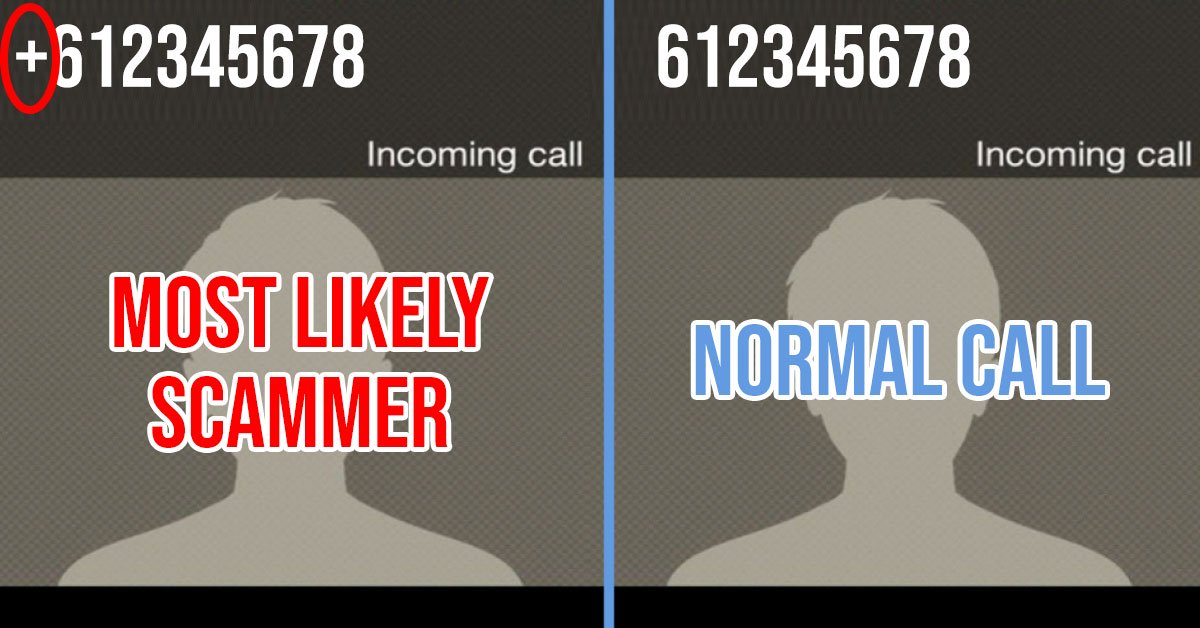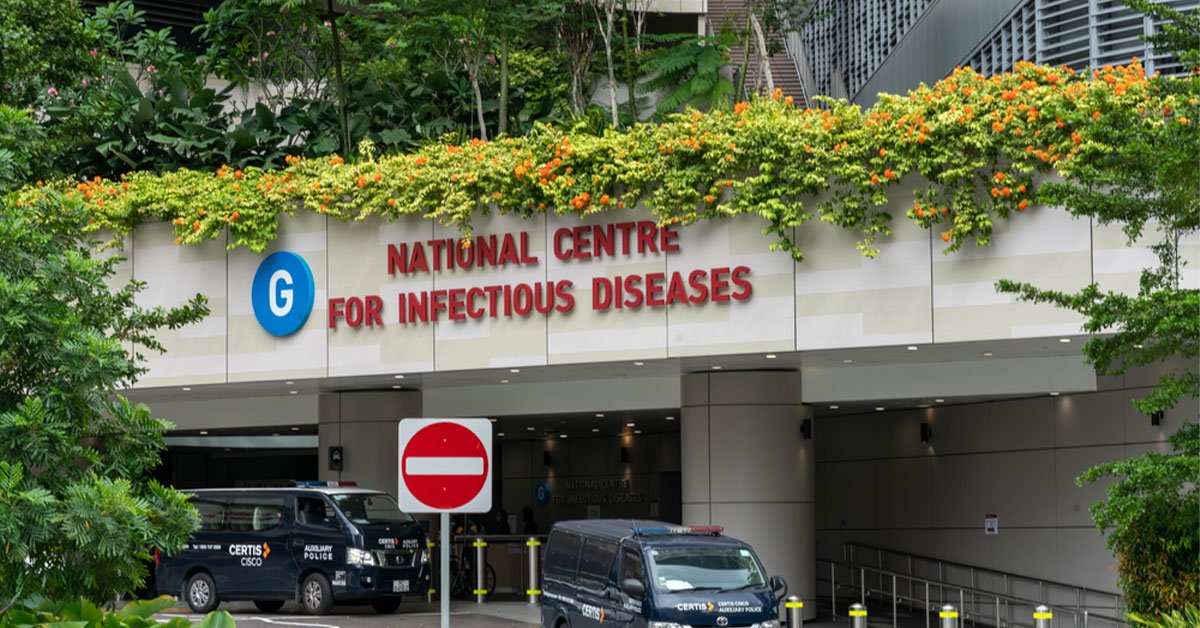I know how you look like when you read the headline:

You’re either shocked at a new thing you learned today or the headline is so confusing, you’re thinking of uninstalling the Goody Feed app.
Reader Bao: I’m not reading your stupid article on your app.
But Mr Bao, don’t uninstall yet. Let me explain everything in such simple English, you’d think that I’m a kindergarten student with a PhD.
Simi is the ‘+’ Prefix?
Have you ever tried to provide a contact number to your overseas friend and wonder whether you should include the + before the 65?
You have.
You’d know by now that 65 refers to our country code, but why does every overseas number have the + in front of their number?
Well, here’s the thing: it technically serves no function.

In the past, that is also to tell the phone that you’re calling overseas—but unless you’re using a Nokia 3310, you don’t need the + sign anymore.
You see, to make an international call, or to know the country of the number, the country code would have sufficed. For Singapore, it’s 65 and for Malaysia, it’s 60.
The + is just to tell you that it’s an overseas number.
So, what has this tidbit of information got to do with this article, and even scammers?
From 15 April, Overseas Scam Calls Can Be Spotted Easier as Local Calls Will Not Have a ‘+’ Prefix
Since the + sign is no longer that useful in today’s context, the authorities here in Singapore are going to use it creatively.
Unless you’ve never joined a lucky draw in your entire life before, chances are you’re still receiving calls from an overseas company asking if you’d like to have some extra income.
Either that or you’re receiving calls about a parcel that you’re expecting even when you don’t shop online.
But you’ve picked up the calls because they’re local numbers—how would you know, right? What if your boss has changed his number again? What if it’s your ex who’s finally returning your call with a new number? You can’t afford to miss a local call.
Then again, you do know that phone numbers can be spoofed—heck, scammers have even spoofed police hotlines numbers to scam others. That’s some high-level spoofception.
And the authorities are using technology to counter technology.
Join our telegram channel for more entertaining and informative articles at https://t.me/goodyfeedsg or download the Goody Feed app here: https://goodyfeed.com/app/
Since it’s hard to determine if it’s a spoofed number, Infocomm Media Development Authority (IMDA) is working with telecoms to work out a measure that can combat those spoofed numbers.
All calls that come from overseas, even if it’s spoofed and “cloaked” with a local number, will have a + in front from 15 April 2020. There will be an absence of the + in numbers that are called locally.
In other words, if you see +612345678 on your phone caller id, it’s a spoofed number called from overseas. If you see 612345678, it’s a call from Singapore.
You’d still see the + if your friend is overseas and use his Singapore line to call you, but you shouldn’t have to worry about that since you’d most probably have saved his number.
Senior Minister of State for Communications and Information Janil Puthucheary, the coolest minister in YouTube now, announced this in Parliament today (3 March 2020).
He said, “All overseas calls coming in will be identified and identifiable by having the plus prefix.
“We hope this will help consumers better identify international spoof calls and reject them…The Government will continue to develop additional measures to combat scams so that our citizens can be better protected.
“MCI will work closely with other agencies in the newly formed Inter-Ministry Committee on Scams announced by MHA (Ministry of Home Affairs) to strengthen our collective efforts to tackle this problem.”
Smart?
Advertisements
Smart.



